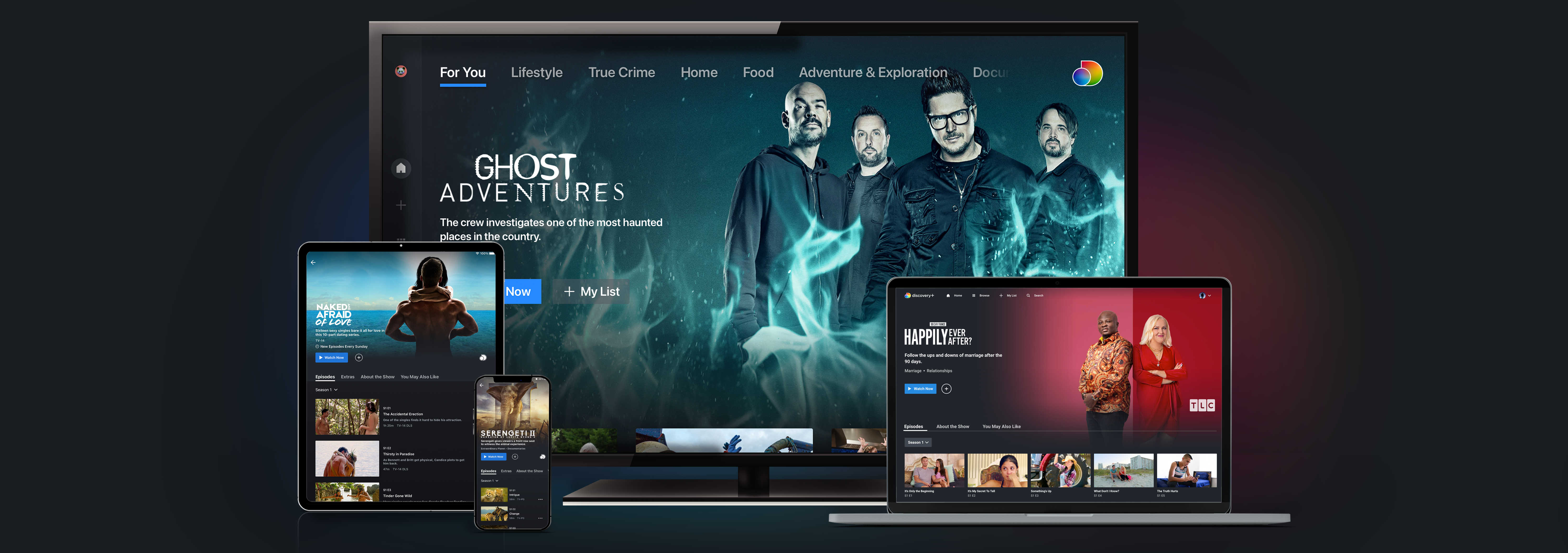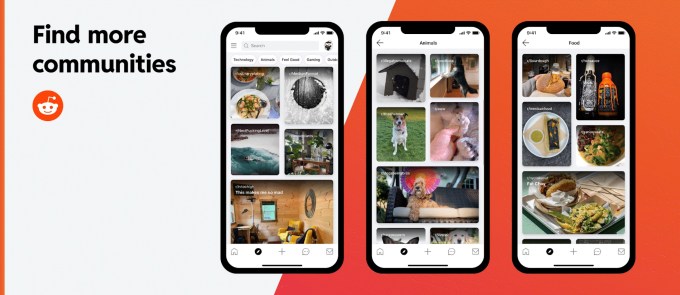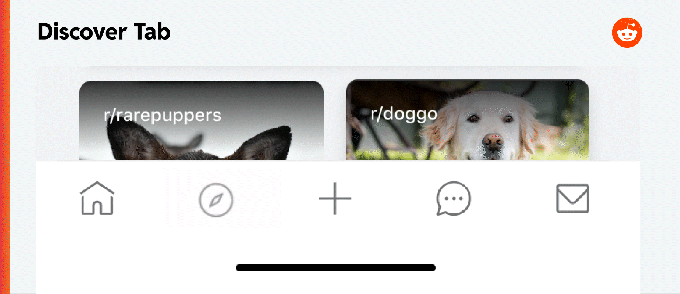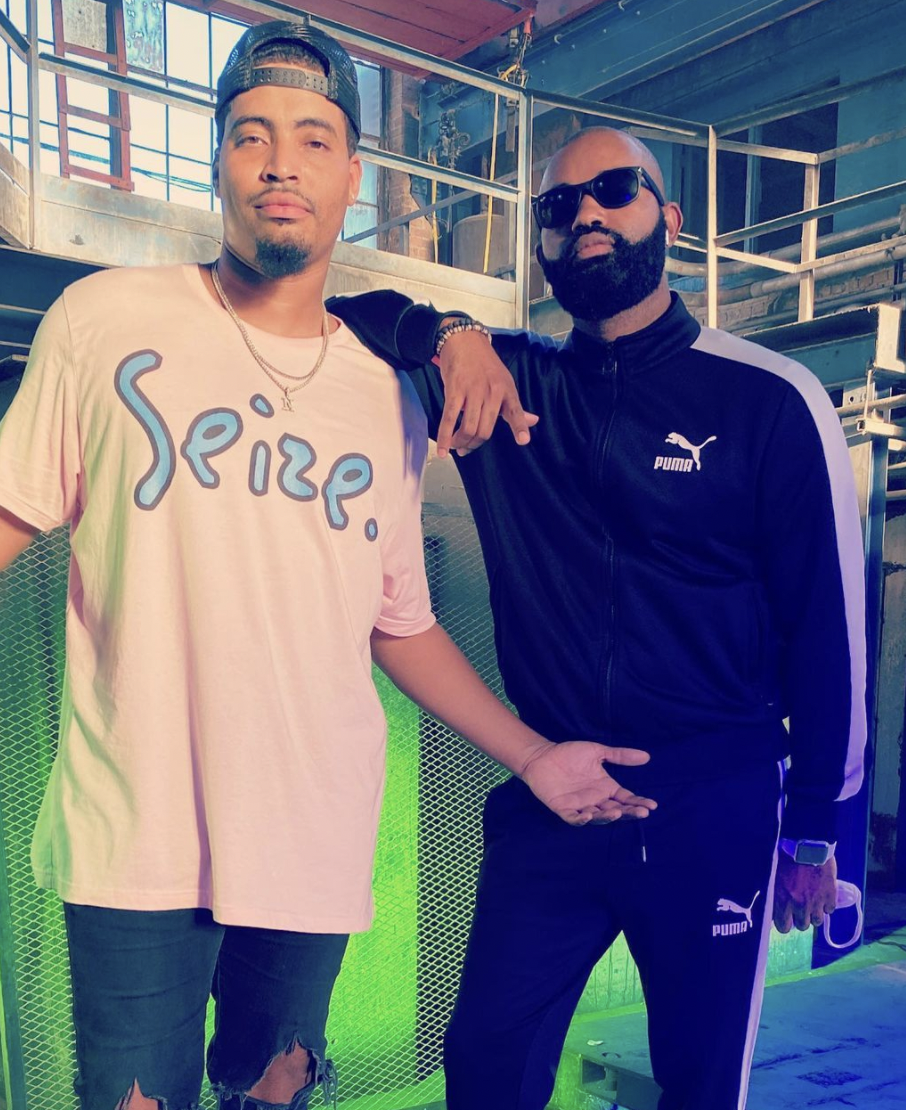Programming that was originally meant to live on the now-shuttered streamer CNN+ will now move over to CNN and HBO Max, Warner Bros. Discovery announced today at its first Upfront presentation for advertisers. Shows moving to the linear CNN network include “Eva Longoria: Searching for Mexico” and “Stanley Tucci: Searching for Italy.” Another title that had been meant for CNN+, “Who’s Talking to Chris Wallace” —starring former longtime Fox News anchor Chris Wallace — will move to both HBO Max and CNN in the fall.
It is unknown at this time where the rest of the CNN+ slate will end up, however, or if select CNN+ titles will later arrive on HBO Max further down the road.
Before the launch of CNN+, HBO Max was the streaming home of many CNN titles, including “Anthony Bourdain: Parts Unknown.” HBO Max is a good place for these shows, as Warner Bros. Discovery shared with advertisers that HBO Max and discovery+ are enhancing the consumer experience with a light ad load, with less than four minutes of commercials per hour on average. Additionally, 80% of viewers watch HBO Max and discovery+ on their TV screens, and half are cord-cutters. According to the company, this extends the reach of advertisers into non-cable homes.
We aren’t sure what the combined streaming service will look like once HBO Max and discovery+ fully merge. However, the variety of content — including CNN titles — offered will certainly attract a diverse audience.
Also, at the company’s Upfront presentation, Chris Licht, chairman and CEO, CNN Worldwide, announced the launch of a topical, long-form news show as well as upcoming titles like “The Story of HQ Trivia,” “See It Loud: The History of Black Television,” “The 2010s,” “Gabby Giffords Won’t Back Down” and “Little Richard: I Am Everything.”
The 2023 programming slate is an attempt made by CNN for a comeback as the recently launched streaming service. The short-lived streaming service, CNN+ reportedly saw under 10,000 viewers a day and was shut down at the end of April. It seems that CEO David Zaslav was not about to let this tarnish the newly merged Warner Bros. Discovery.
On CNBC’s Squawk Box, Zaslav said, “We looked at it, and we looked at the data, the number of users … They had spent an enormous amount of money trying to sell an independent product. The subscribers weren’t there. The users weren’t there … when we looked at the data, the business wasn’t there.”
Lasting nearly 30 days, the cable news network’s streaming service spent $250 million to launch the product and another $100 million to promote it. The New York Times reported CNN had planned to spend more than $1 billion on CNN+ over four years, according to sources familiar with the matter. Thus, Zaslav was (rightfully so) unwilling to invest any further into the platform.
But CNN itself isn’t going anywhere, and the Warner Bros. Discovery CEO is bullish on the brand. At the Upfront presentation, the company expressed its determination to reinforce CNN’s role as a top news organization. Licht boasted that CNN is “the number one digital property in the world.”
He added:
The next chapter of CNN is one where we aspire to be a beacon for the kind of journalism essential to a functioning democracy. The time when extremes are dominating cable news. We will seek to go a different way, reflecting the real lives of our viewers and elevating the way America and the world view this medium. We intend to challenge the traditional philosophy of cable news, delivering programming and commentary that questions the status quo, shatters groupthink, holds our leaders on both sides of the aisle accountable to facts and fights fearlessly to get to the truth.





